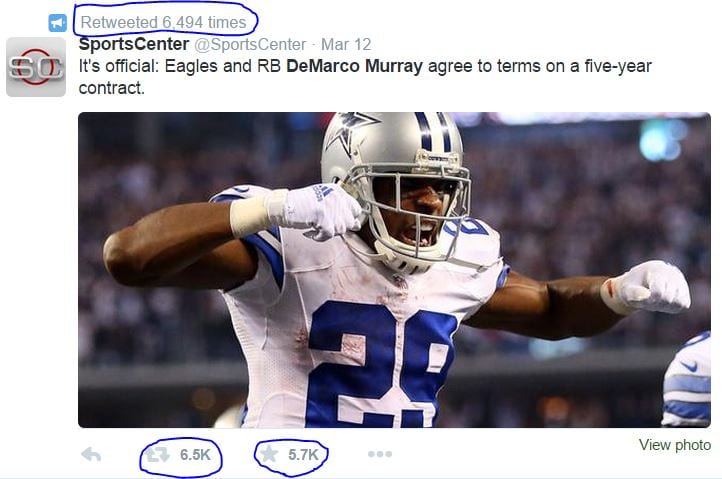by Alan Seymour – March 2015
The sports fan redefined?
Are sports fans changing? Recent history and experience suggests they are, for two key reasons:
- The power of social media enables the fan experience to enhance the future prosperity of sports brands and properties against competing pursuits. The integration of social media with sporting events makes it unlike any other leisure activity.
- The growing importance of fan input on sports properties amidst social media dialogue continues to increase fan identification and engagement with all fan tribes & participants.
The premise that fans create fandoms and tribal associations can be considered a main attribute of sports patronage. Recent surveys & interviews I’ve conducted indicate strong emotional connections, as well as strongly evocative commentaries, among fan tribes.
Social media create distinct and meaningful platforms for fan tribes to flourish. The distinctive nature of immediacy, impact & personalisation enable teams and players to engage in direct dialogue with fans and supporters unlike ever before. The intermingling of Experts, Tribes, and Celebrities via social media exchanges may be referred to as the ETC Phenomenon.
The increasing prevalence of fan tribes
Research suggests fans exhibit characteristics of a cult. [ref]Moutinho et al (2007), “Surf tribal behaviour: a sports marketing application,” Marketing Intelligence & Planning, Vol. 25 Iss: 7, pp.668 – 690. [/ref] There are four distinct types of adherent to this cult of sport, characterized by:
- affiliation
- social recognition
- socialization
- symbolism
Football (soccer) is a classic example. Football‐devoted supporters form a kind of cult with a club. We can distinguish distinct fan typologies varying with the level of fan commitment. Members of the cult (or tribe) affiliate through the need for social recognition, socialization and symbolism. Devoted fans gain a knowledge of club association with sponsoring brands, but may not manifest an effective preference towards the brands. [ref] Dionisio et al, (2008), “Fandom affiliation and tribal behaviour: a sports marketing application,” Qualitative Market Research: An International Journal, 11 (1), 17 – 39.[/ref]
My recent research suggests that fan behaviours and associations with new media and technologies reflect their strong patronage and allegiance supporting sports club marketing with corporate partners. Social media involvement within the fan tribe enables new processes for teams to engage with fans. This changing sports media landscape and digital culture now permeates how fans view the team and its associations with corporate partners. How these may lead fans to increase (decrease) loyalty and patronage is open to future research.
Create microfame for fans
Fans are clearly the oxygen of sports business, integral to all strategies from every perspective. Teams should consider the notion of creating “microfame,” where the fan is the true star. Digital campaigns can focus on fostering the growth and community of the fan tribe by generating social recognition for individual fans. Such strategies build a strong socialization within fan communities. A good commercial example is the ‘We Believe’ culture with Harley Davidson followers.
https://www.youtube.com/watch?v=6k0wb6ZK1GM
Leading the tribe
To capture the changing fan, teams will need to be loyal, engaged & above all, digitally savvy. [ref]See, Sport Marketing 4th edit. Mullin, Hardy & Sutton (2014); also, see Rein et al (2006).[/ref] Sports fans are driving new initiatives as key movers & shakers within the industry, rather than acting merely as spectators. The alignment with fans concentrates on involving them as brand advocates, as much or more so than as consumers of the sporting experience. In the new sports business landscape, what happens off the field is becoming as important as what happens on it. What is your team doing to lead the tribe?

